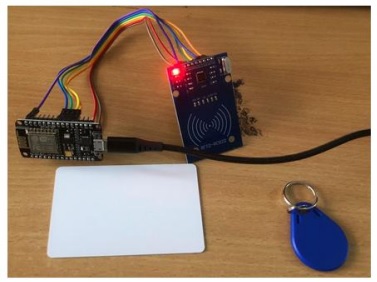Bird Flu Tracking System using Naive Bayes Classifier
DOI:
https://doi.org/10.31033/ijemr.13.4.19Keywords:
H5N1, Influenza, Tracking, PoultryAbstract
Complexity in the food-related Supply chains also introduces economic inefficiency at every point of transaction, be it a poultry farmer or a distributor. Therefore, a system is required that tracks every point of Poultry transaction with an intuitive rather than minimal technology medium that can trace bird disease and maximize efficiency in operations at every level, from Poultry farm to Chicken Butcher/seller. A solution for farm-to-butcher/seller chicken tracker that rapidly traces bird flu while also providing a platform to maximize operational efficiency. To make the chain effective the proposed system needs enrolment at every level (Farmers, Distributors, Sellers) where poultry transactions can be recorded, and hence, our solution maximizes platform enrolment by cutting down the distributors’ labor costs by providing access to accounting and management tools and providing a one-stop marketplace to both distributors and farmers. With the ease of use of the RFID tagged system for distributors and sellers to tap and add batches to their inventory for easy supply chain management. The same data will also help in flu detection.
Downloads

Downloads
Published
How to Cite
Issue
Section
License
Copyright (c) 2023 Kedar Sawant, Sairaj Kapadi, Sakshi Kenavdekar, Sanket Marathe, Rhutik Parab

This work is licensed under a Creative Commons Attribution 4.0 International License.











